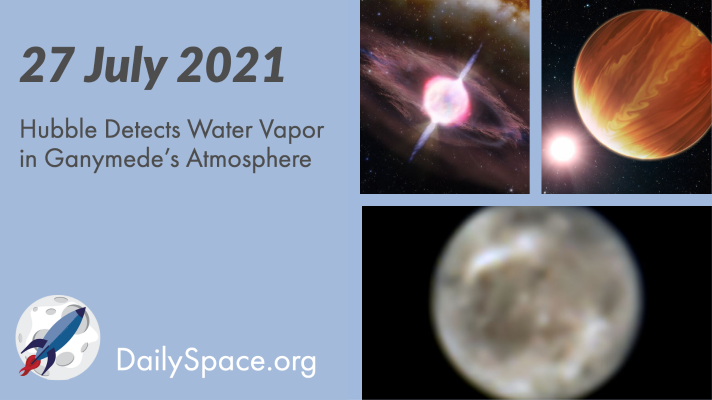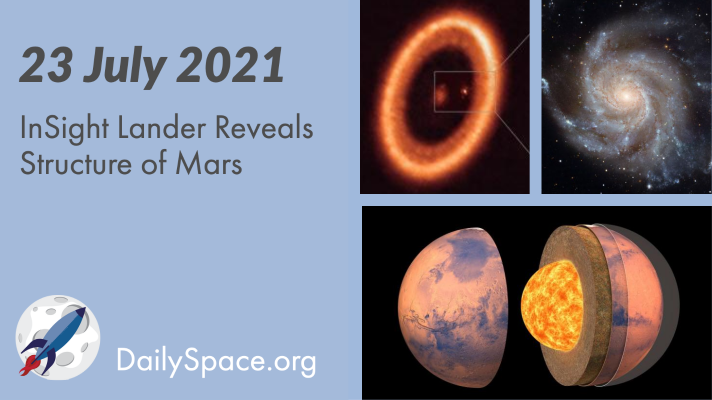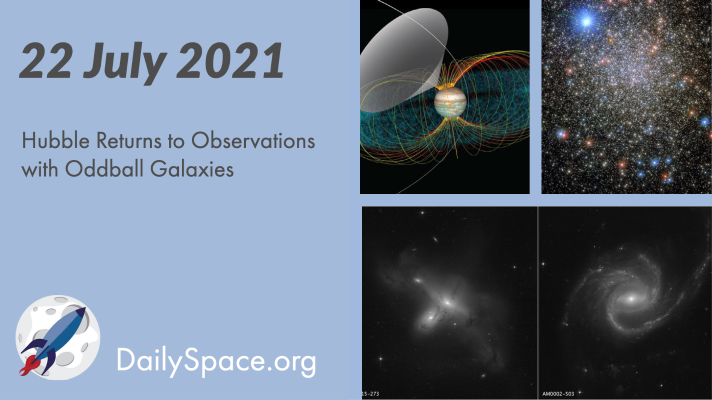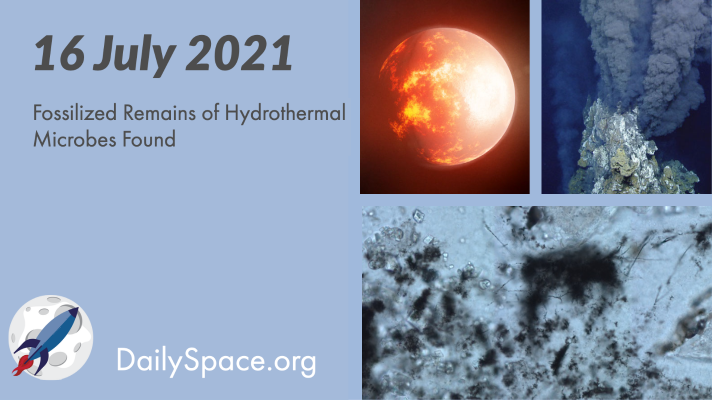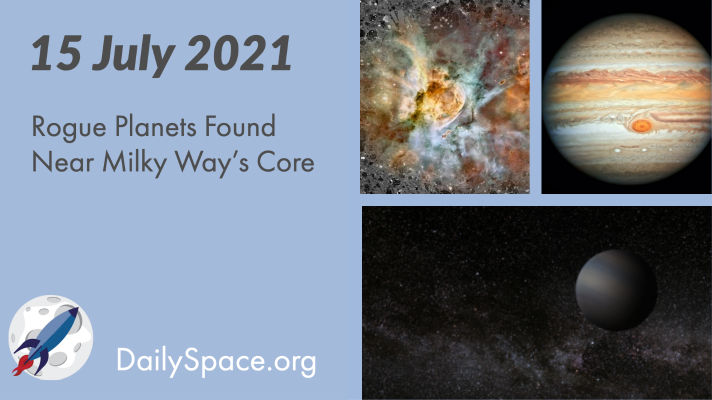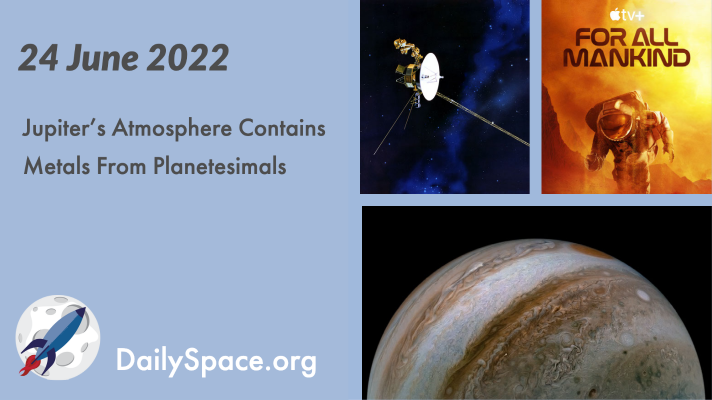
Jupiter’s Atmosphere Contains Metals From Planetesimals
A recent paper examined data from NASA’s Juno mission and found that Jupiter’s atmosphere not only contains metals but also is not a homogenous mix. The likely culprits are the remains of planetesimals from the early solar system. Plus, a Voyager update, a new Mercury image, sulfur residue on Europa, and a review of “For All Mankind”.
Catch us on NowMedia TV
Saturday 11pm Central / midnight Eastern
Sunday 10pm Central / 11pm Eastern
Watch live on these stations: Houston 21.10, Atlanta 22.10
or tune-in on Apple TV, Roku, YouTube Live, or Amazon Prime
Hubble Detects Water Vapor in Ganymede’s Atmosphere
Scientists analyzed archival data from the Hubble Space Telescope and found evidence of water vapor in the atmosphere of Jupiter’s moon Ganymede. The water vapor is present due to thermal escape from the icy surface of the moon. Plus, a “fizzled” gamma-ray burst and all the exoplanets!
InSight Lander Reveals Structure of Mars
In three new papers released this week, scientists analyzed data from NASA’s InSight lander to reveal the structure of Mars and its layers, revealing information about the planet’s crust, lithosphere, mantle, and core. Plus, isotopes in an exoplanet’s atmosphere, a potential exomoon being formed, the heart of a radio galaxy, and black holes impeding stellar birth.
Hubble Returns to Observations with Oddball Galaxies
After several weeks of trying different methods, the operations team successfully revived the stalwart Hubble Space Telescope, which experienced a payload computer fault back on June 13. The first images taken were of several unusual galaxies. Plus, Jupiter’s moon Io triggers radio emissions from the giant planet, and this week, What’s Up returns with a look at the Summer Triangle.
Rocket Roundup for July 21, 2021
On this week’s Rocket Roundup, Russia launches a long-delayed ISS module with a new space toilet, New Shepard conducts its first crewed launch, and China launches some more secret satellites. Plus, this week in rocket history, we look back at Apollo 11.
Fossilized Remains of Hydrothermal Microbes Found
The fossilized remains of methane-cycling microbes have been found in exposed sedimentary seafloor rocks in South Africa. These microbes, dating back 3.42 billion years, could extend the fossil record back to when life first began on Earth. Plus, teenage exoplanets orbit sibling stars, and gamma-ray bursts happen on schedule.
Rogue Planets Found Near Milky Way’s Core
Using data collected by NASA’s Kepler Space Telescope, scientists have found four free-floating, or rogue, planets near the core of the Milky Way. These planets formed in discs in other planetary systems and were thrown out by gravitational interactions with larger planets. Plus, the early solar system, including ancient Earth, Jupiter’s chemistry, and Mercury’s core.


 We record most shows live, on Twitch. Follow us today to get alerts when we go live.
We record most shows live, on Twitch. Follow us today to get alerts when we go live.

